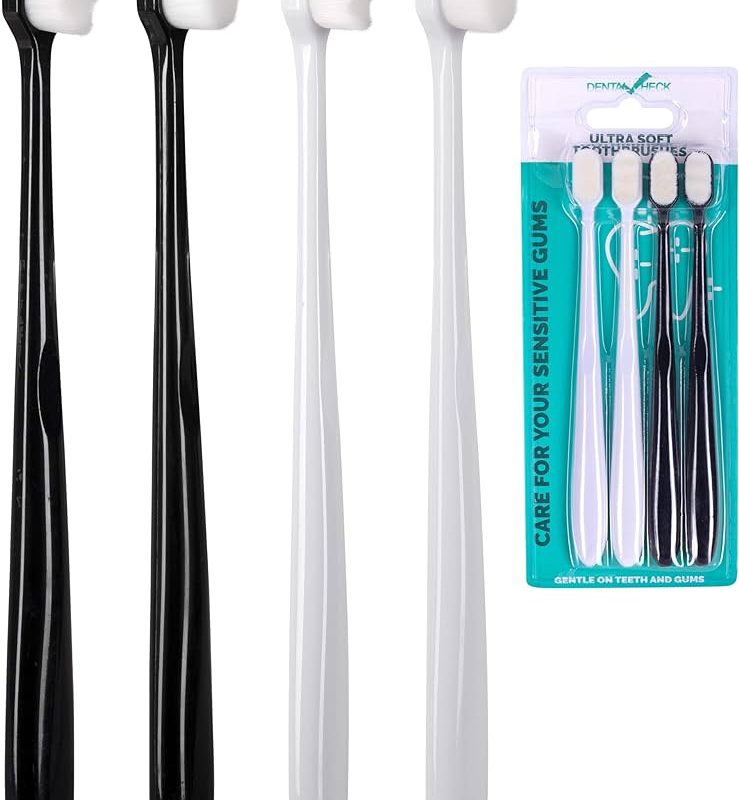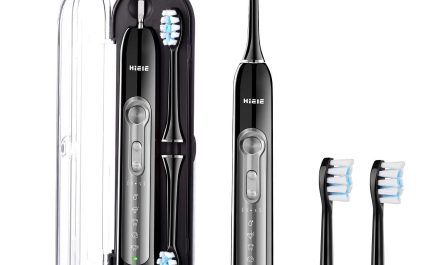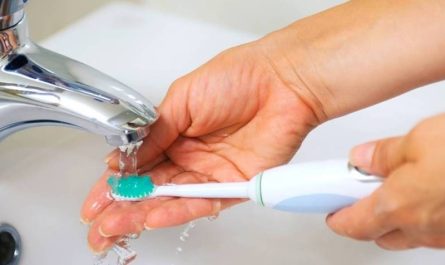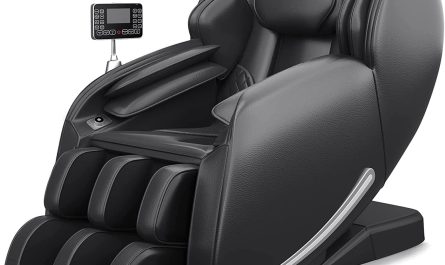Introduction:
When it comes to oral hygiene, the choice between electric and manual toothbrushes often boils down to personal preference, effectiveness, and, importantly, durability. Durability determines how long a toothbrush can last while maintaining its efficiency and user experience. Both electric and manual toothbrushes have their unique advantages and potential drawbacks when it comes to durability. In this detailed discussion, we will explore the factors influencing the durability of each type, and provide insights on which might be the more durable option for different users.
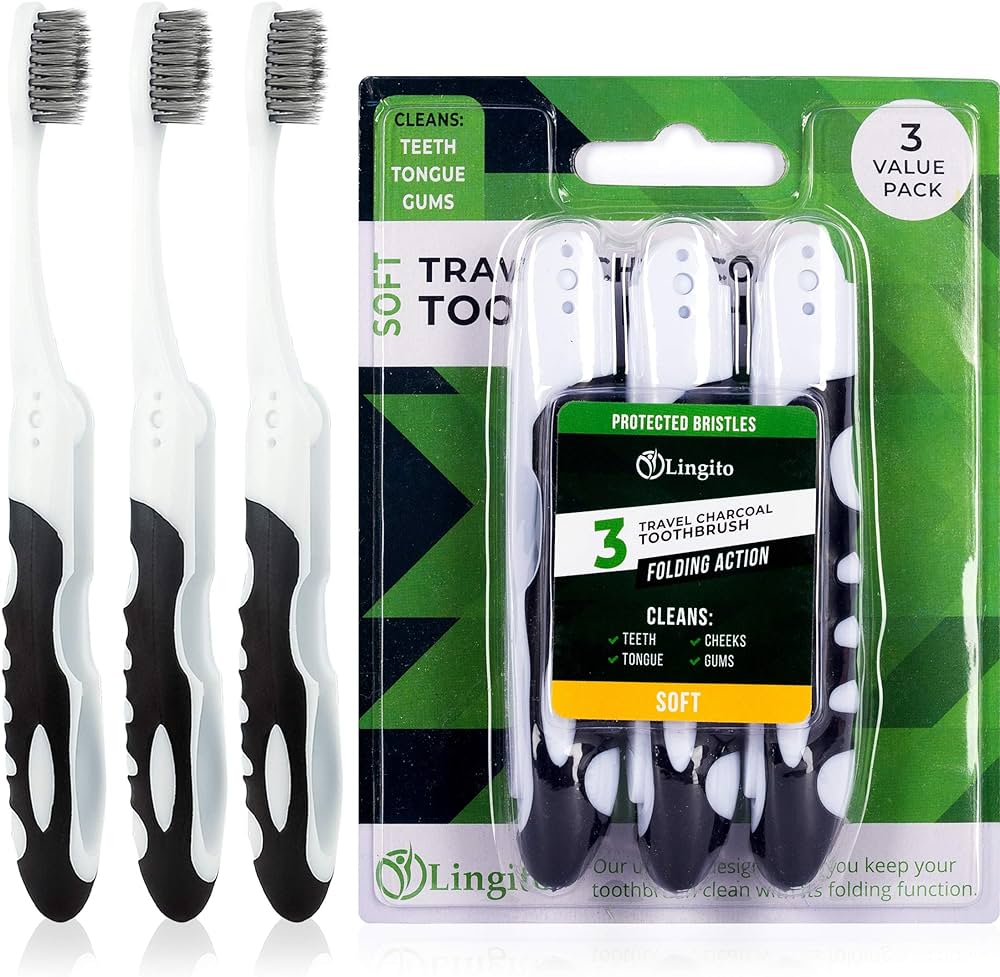
Which Is More Durable, Electric or Manual Toothbrush?
Durability of Manual Toothbrushes
Manual toothbrushes are the traditional choice for many due to their simplicity, ease of use, and affordability. Their durability is influenced by various factors, including materials, usage, and maintenance.
Materials Used: High-quality manual toothbrushes are made from durable plastics and nylon bristles. However, the overall longevity can vary depending on the specific materials and construction quality. Inexpensive brushes may wear out more quickly.
Bristle Wear: The primary factor affecting a manual toothbrush’s durability is the wear and tear of the bristles. With daily use, bristles can fray, bend, and become less effective at cleaning teeth. On average, a manual toothbrush should be replaced every three to four months, or when the bristles show significant signs of wear.
Handle Lifespan: The handle of a manual toothbrush is generally quite durable and can last well beyond the recommended replacement period for the bristles. As a result, the handle usually remains intact even after the bristles need replacing.
Storage and Maintenance: Proper storage and maintenance can extend the life of a manual toothbrush. Keeping it dry and stored upright in a ventilated area prevents bacterial growth and handle damage. However, poor storage, such as keeping the brush in damp conditions, can lead to mold growth and weaken the bristles.
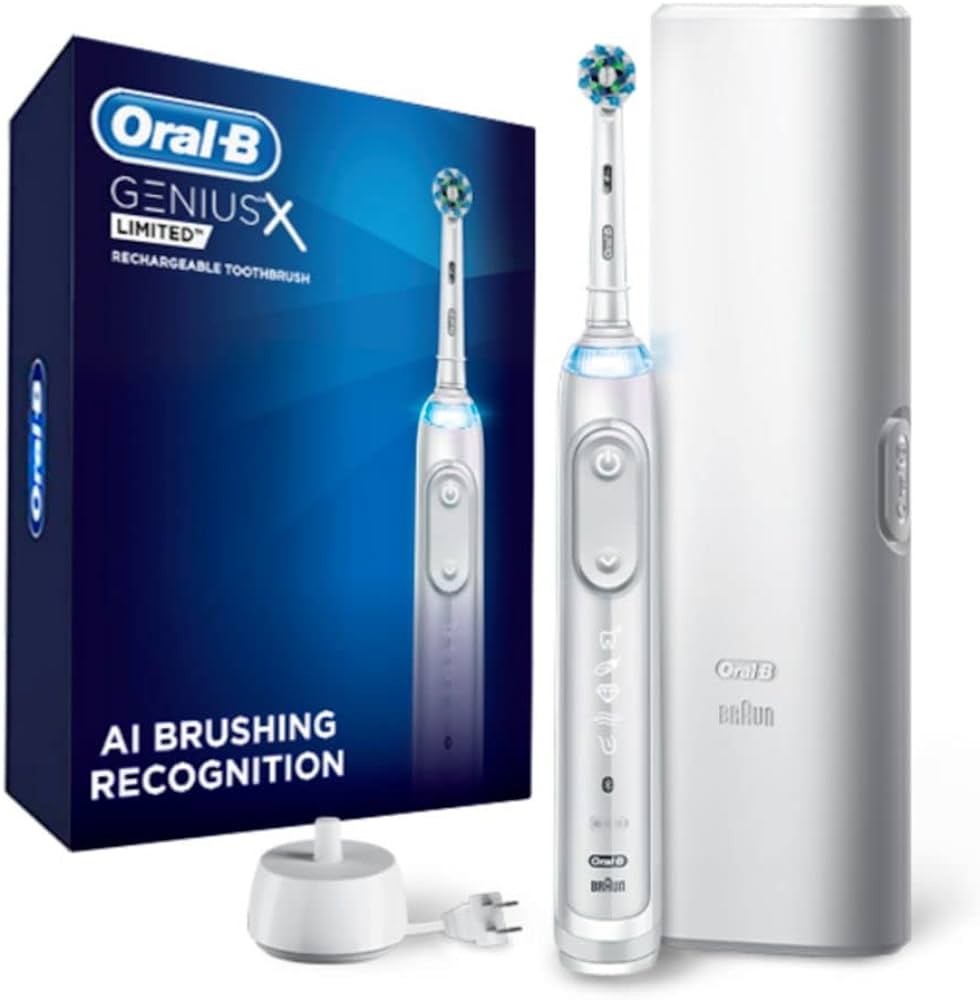
Durability of Electric Toothbrushes
Electric toothbrushes are known for their advanced features and superior cleaning capabilities. The durability of an electric toothbrush involves different considerations compared to a manual toothbrush.
Components and Build Quality: Electric toothbrushes contain multiple components, including the handle, rechargeable battery, motor, and replaceable brush heads. High-quality electric toothbrushes are built with durable materials and sophisticated engineering to enhance longevity.
Brush Head Replacement: Like manual toothbrushes, the bristles on electric toothbrush heads wear out with use. Depending on the model, replaceable brush heads should be changed every three to four months. The durability of the brush head is comparable to that of a manual toothbrush.
Battery Life and Motor Function: The rechargeable battery and motor are critical to the durability of an electric toothbrush. High-quality models often feature long-lasting batteries that can operate for several years before needing replacement. The durability of the motor varies, but premium brushes typically have a longer lifespan.
Handle and Waterproofing: The handle of an electric toothbrush is often designed to be ergonomic and water-resistant. Proper care, such as avoiding submersion in water and regular cleaning, helps extend the handle’s lifespan. Quality models often come with a warranty covering the handle and electronic components.
Factors Impacting Durability
Several factors impact the durability of both manual and electric toothbrushes. Understanding these factors can help users make informed choices and take steps to maximize the lifespan of their toothbrushes.
Usage and Brushing Technique: The way a toothbrush is used significantly affects its durability. Aggressive brushing can cause bristles to wear out faster and damage the handle. Gentle, effective brushing extends the lifespan of both manual and electric toothbrushes.
Frequency of Use: For individuals who brush more frequently than the standard twice daily, toothbrushes may wear out more quickly. Both manual and electric toothbrushes will need more frequent replacement under such conditions.
Cleaning and Maintenance: Regularly cleaning the toothbrush, including removing toothpaste residue and drying it properly, can prevent bacterial growth and extend its lifespan. For electric toothbrushes, it’s also crucial to keep the charging contacts clean and dry.
Storage Conditions: Storing toothbrushes in hygienic, dry, and ventilated environments prevents the growth of mold and bacteria. Proper storage of both manual and electric toothbrushes prolongs their usable life.
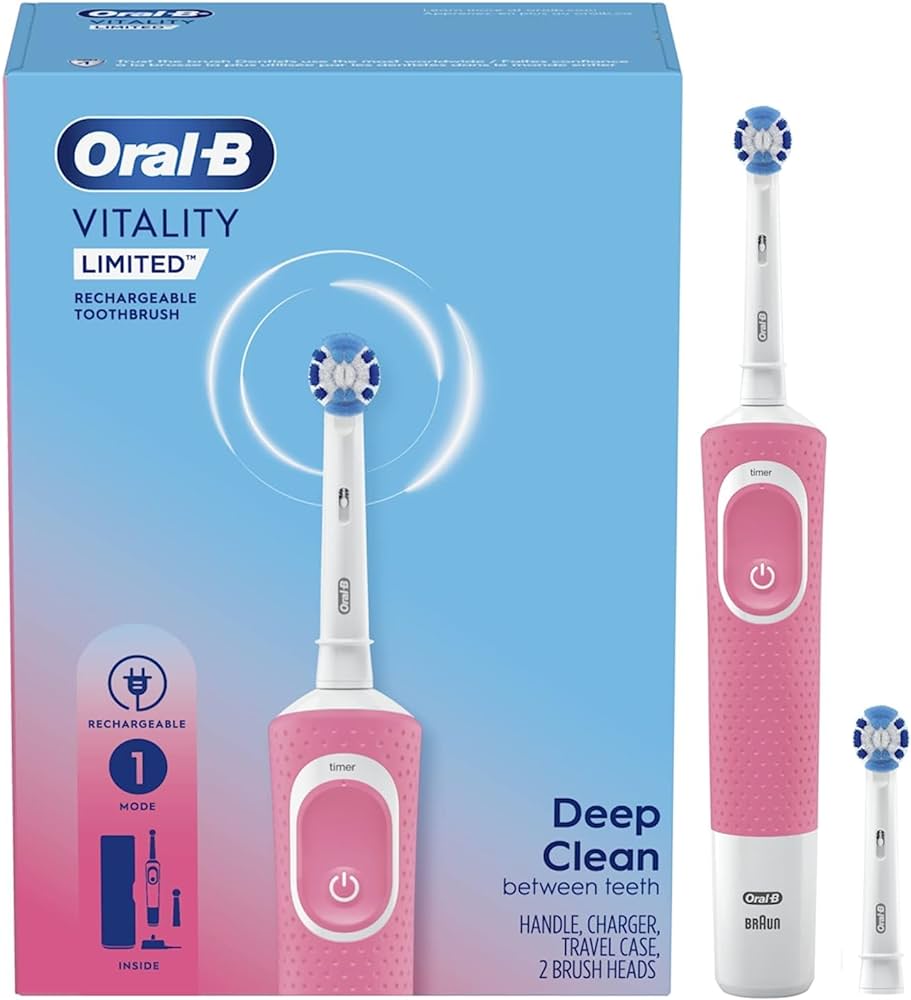
Cost vs. Durability
One important aspect to consider is the cost versus the durability of manual and electric toothbrushes. While electric toothbrushes generally have a higher upfront cost, their features and longevity may justify the investment.
Initial Investment: Manual toothbrushes are significantly cheaper than electric toothbrushes. A high-quality manual toothbrush can be purchased for a few dollars, while electric toothbrushes range from $20 to over $200, depending on the features and brand.
Long-Term Costs: Electric toothbrushes require periodic replacement of brush heads, which adds to the long-term cost. However, the handle and electronic components, if maintained well, can last several years. Manual toothbrushes, although cheap individually, need to be replaced entirely, leading to cumulative costs over time.
Value for Money: While electric toothbrushes have higher initial and ongoing costs, they offer advanced cleaning capabilities and additional features like timers and pressure sensors, which can enhance oral hygiene. Manual toothbrushes provide basic functionality at a lower cost and are still effective when used correctly.
Environmental Considerations
When discussing durability, environmental impact is another factor worth considering. The disposal of worn-out toothbrushes contributes to environmental waste, and consumers may prefer more sustainable options.
Manual Toothbrush Waste: Manual toothbrushes need to be replaced entirely every few months, leading to more plastic waste. However, some brands offer eco-friendly options made from biodegradable or recyclable materials.
Electric Toothbrush Waste: Electric toothbrushes generate less frequent waste since only the brush heads need replacement. The handles and electronic components, given their durability, have a longer service life. Some manufacturers also offer recycling programs for both handles and brush heads.
Sustainable Practices: Choosing toothbrushes made from sustainable materials or participating in recycling programs can help mitigate the environmental impact of both manual and electric toothbrushes. Users should consider brands committed to sustainability.
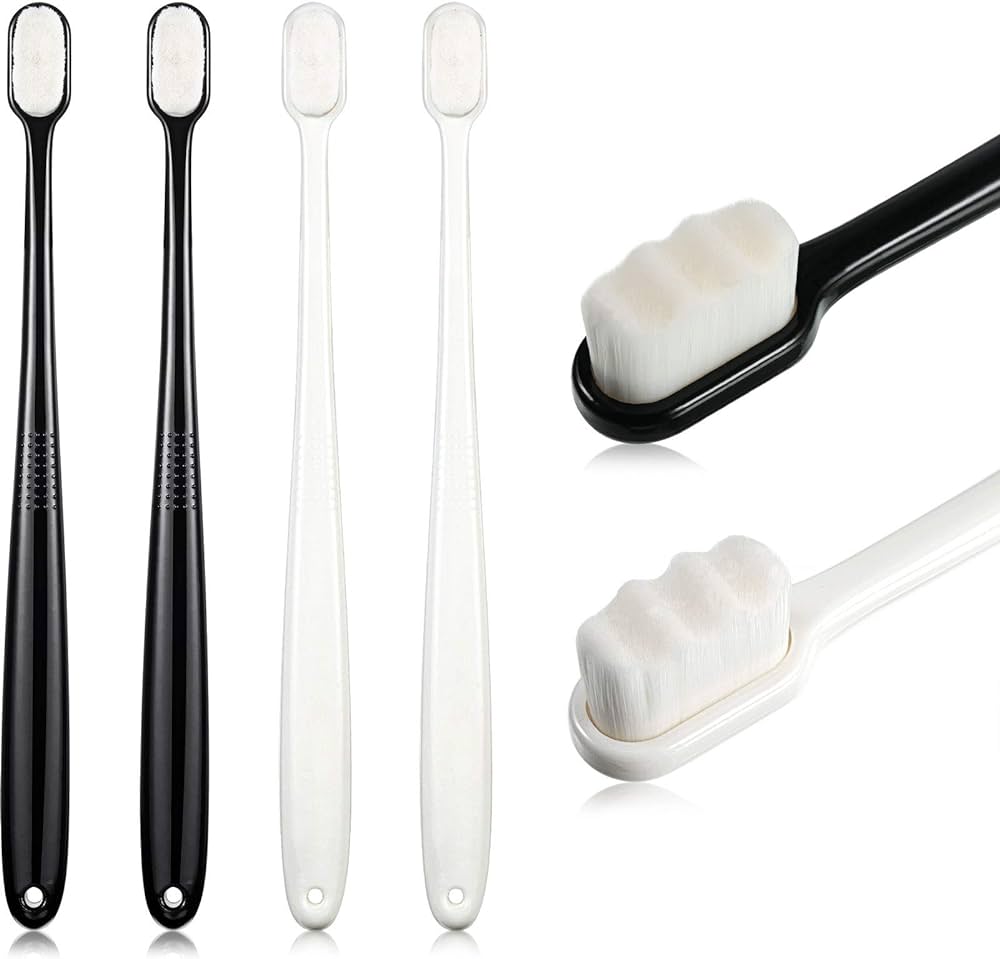
User Experience and Satisfaction
Durability also relates to user experience and satisfaction over the lifespan of the toothbrush. Both manual and electric toothbrushes offer different experiences that may influence user preference.
User Comfort: Electric toothbrushes are often preferred for their comfort and ease of use. The motorized brushing action reduces the effort required and may provide a more consistent brushing experience. Manual toothbrushes rely entirely on the user’s technique and effort.
Effectiveness: Numerous studies suggest that electric toothbrushes may provide superior plaque removal compared to manual toothbrushes. This enhanced effectiveness can contribute to better long-term oral health, potentially extending the lifespan of teeth and gums.
Maintenance and Convenience: Electric toothbrushes require more maintenance, such as charging and replacing brush heads. Manual toothbrushes, being simpler, are low-maintenance. User preference for ease of maintenance can impact satisfaction and perceived durability.
Comparing Lifespan in Real-World Use
While theoretical durability can be assessed through materials and design, real-world use provides a practical understanding of how long toothbrushes last for different users.
Manual Toothbrushes: In practice, manual toothbrushes last around three to four months before requiring replacement due to bristle wear. Their simplicity and lack of electronic components make them low-maintenance and cost-effective short-term solutions.
Electric Toothbrushes: Electric toothbrushes can continue functioning effectively for several years with proper maintenance. Replacement brush heads extend the effective use of the handle and motor, making them a durable, though more complex, option.
User Testimonials: Anecdotal evidence and user reviews often highlight the longevity of premium electric toothbrushes, with many users reporting satisfaction over several years of use. Manual toothbrush users frequently note the need for regular replacements but appreciate the simplicity and lower costs.
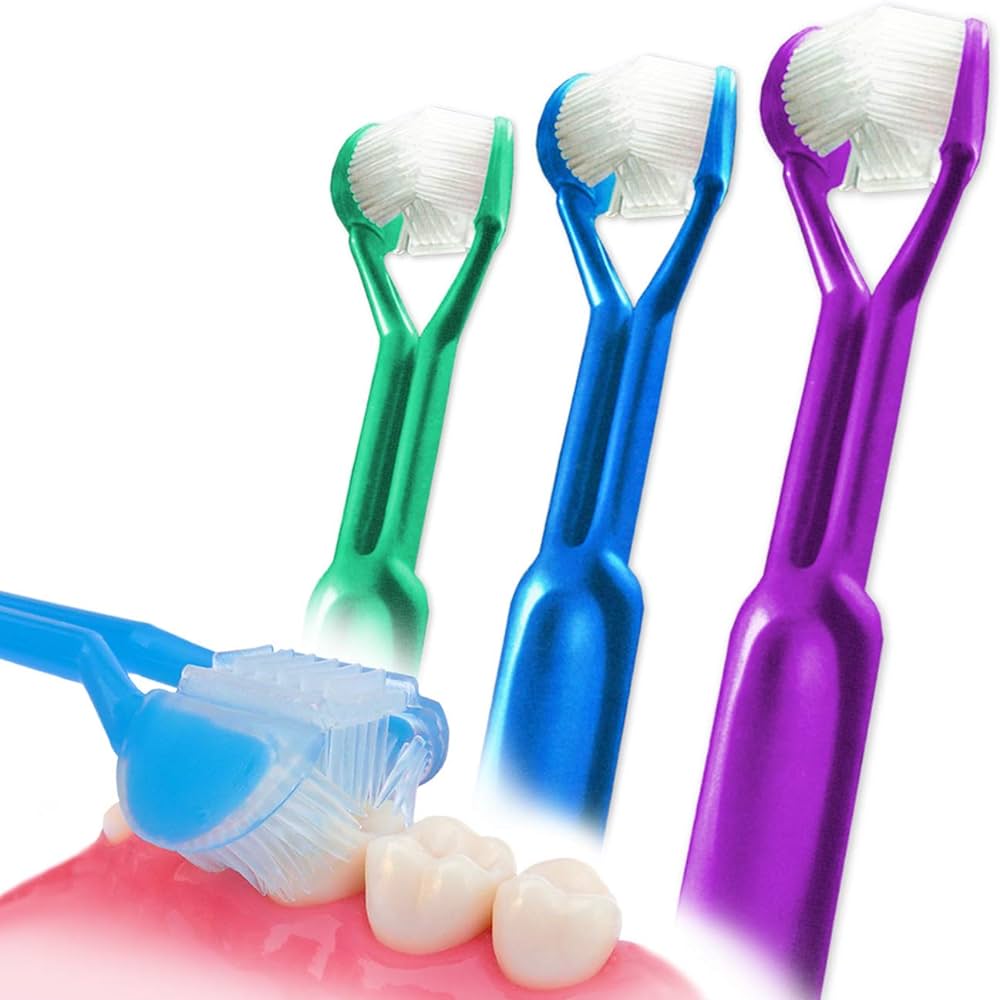
Summary of Durability Factors
To provide a succinct comparison, the following factors summarize the key points impacting the durability of manual and electric toothbrushes:
Material Quality: Both types benefit from high-quality materials; however, electric toothbrushes incorporate more durable components like motors and batteries.
Bristle Lifespan: Both manual and electric toothbrushes have similar bristle life spans, requiring replacements every three to four months.
Handle Durability: Electric toothbrush handles are more durable due to their robust construction, designed to last several years. Manual toothbrush handles, while durable, wear along with the bristles.
Environmental Impact: Electric toothbrushes generate less frequent waste due to replaceable heads, while manual toothbrushes contribute to more plastic waste unless eco-friendly options are chosen.
Cost-Effectiveness: Manual toothbrushes are cheaper upfront, while electric toothbrushes offer long-term value through enhanced features and longevity.
User Satisfaction: Electric toothbrushes often provide superior cleaning and user comfort, while manual toothbrushes are valued for their simplicity and affordability.
Conclusion
When comparing the durability of electric and manual toothbrushes, electric toothbrushes generally emerge as the more durable option due to their robust construction, replaceable heads, and long-lasting electronic components. However, they require proper maintenance and come with a higher upfront and ongoing cost. Manual toothbrushes, while simpler and more affordable, need frequent replacement but can be durable when made from high-quality materials. Both types have their unique advantages, and the choice ultimately depends on individual preferences, needs, and willingness to invest in long-term oral health solutions.

